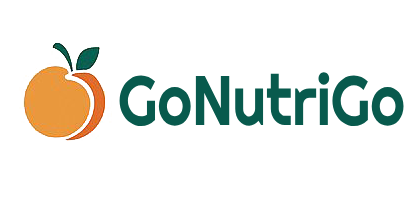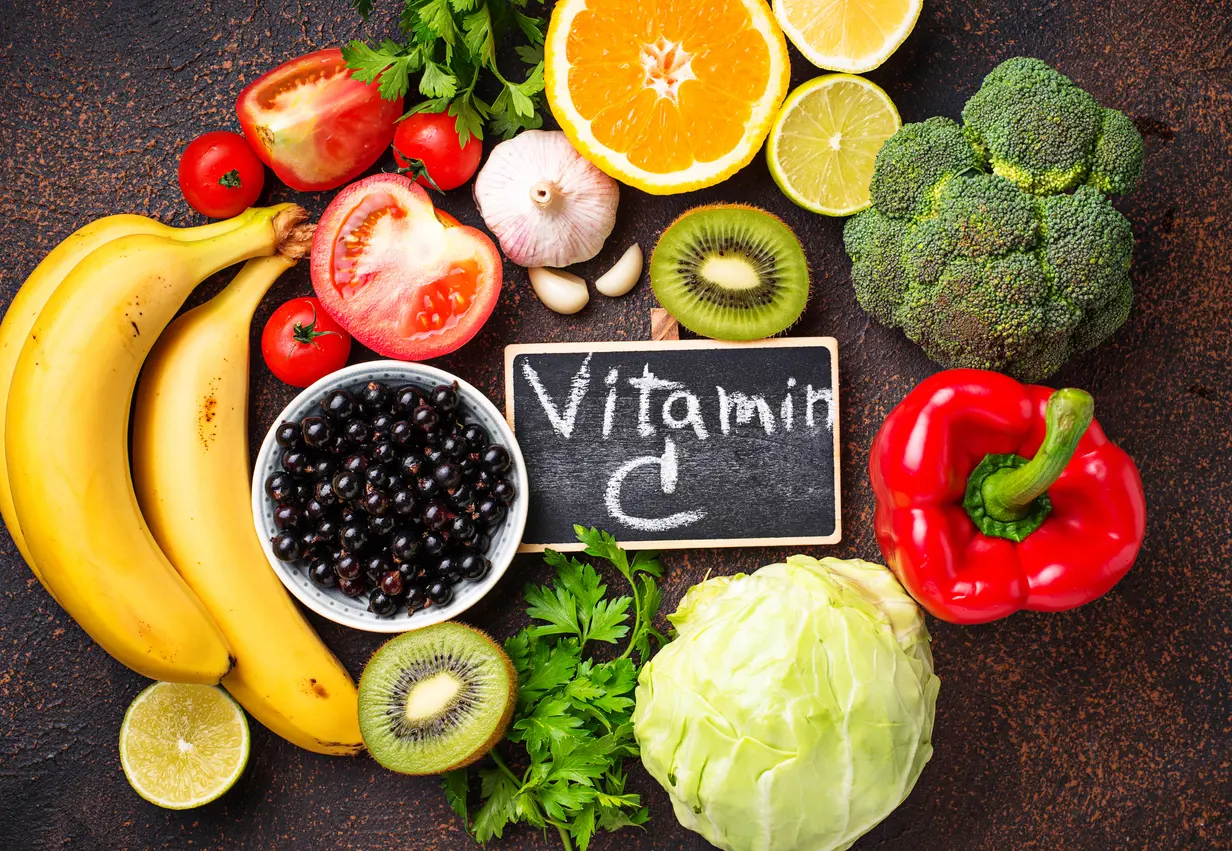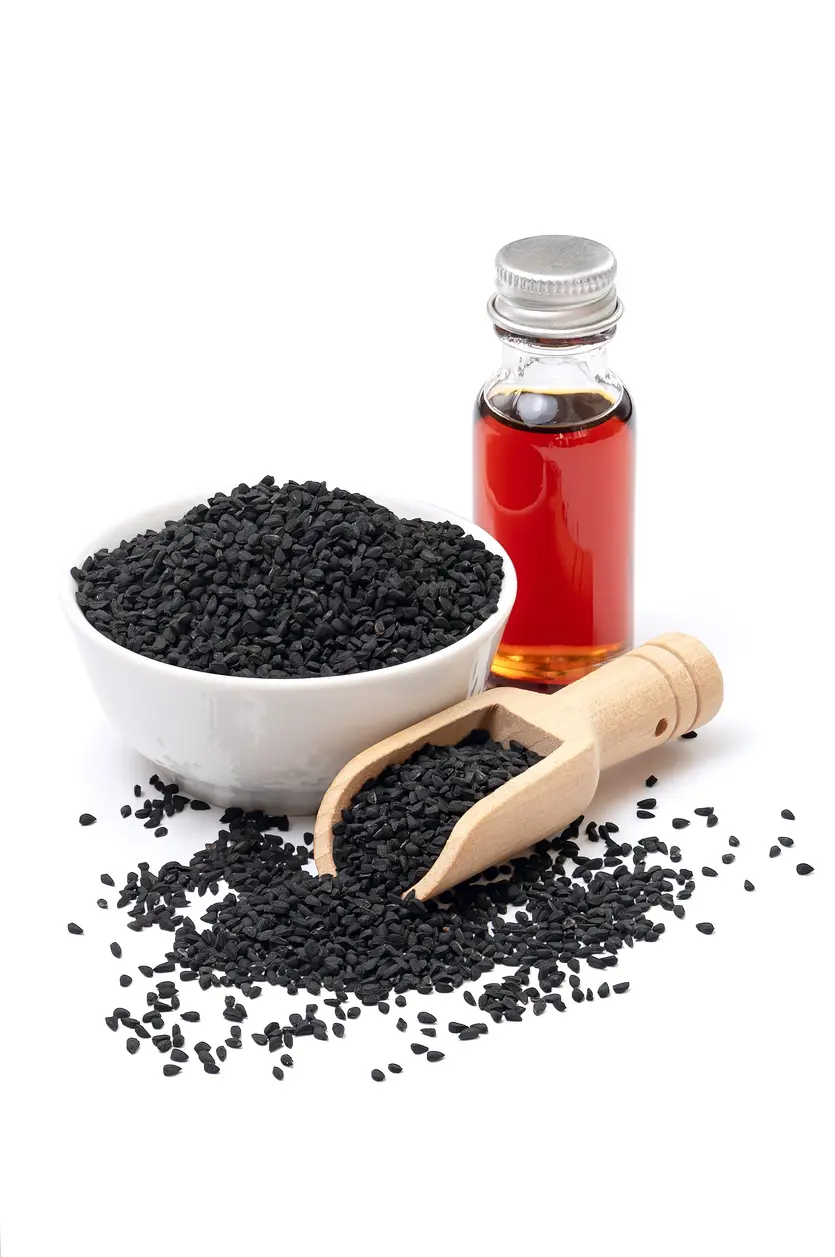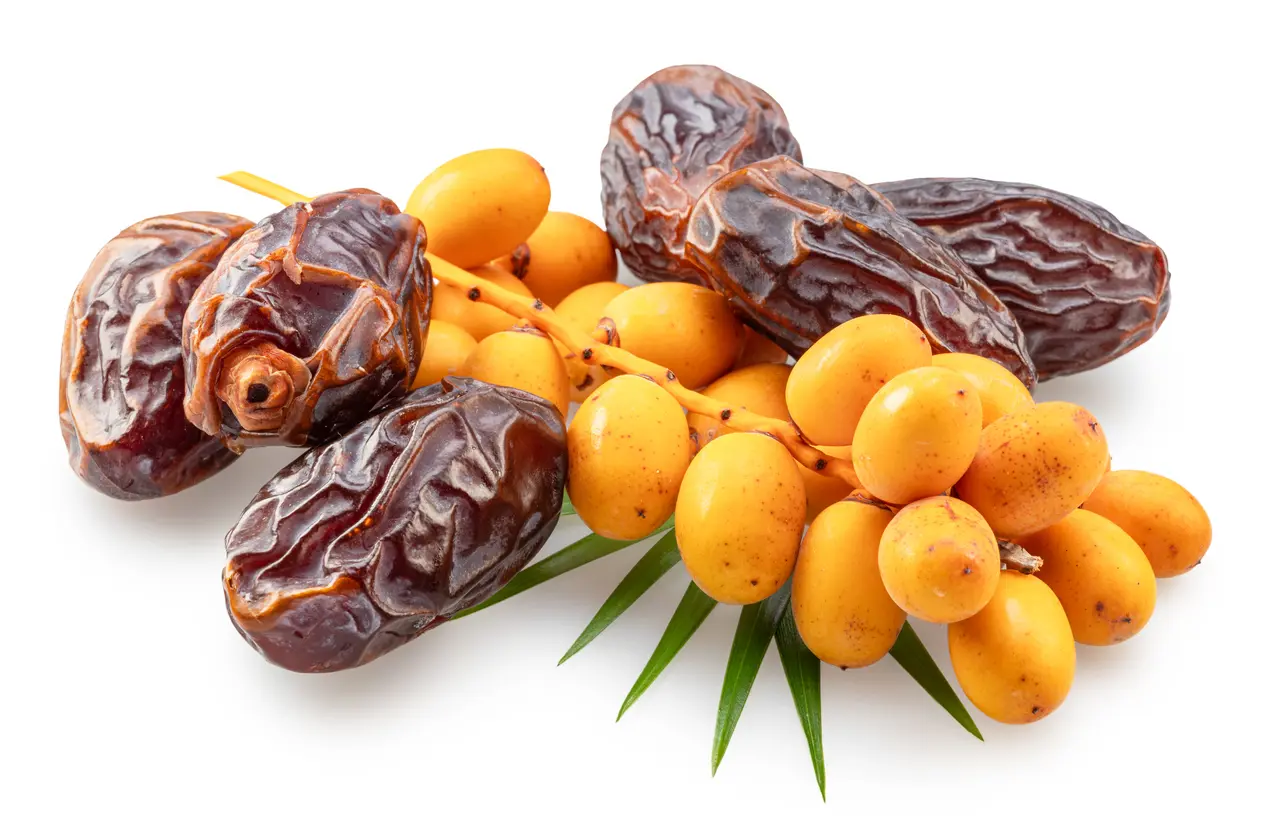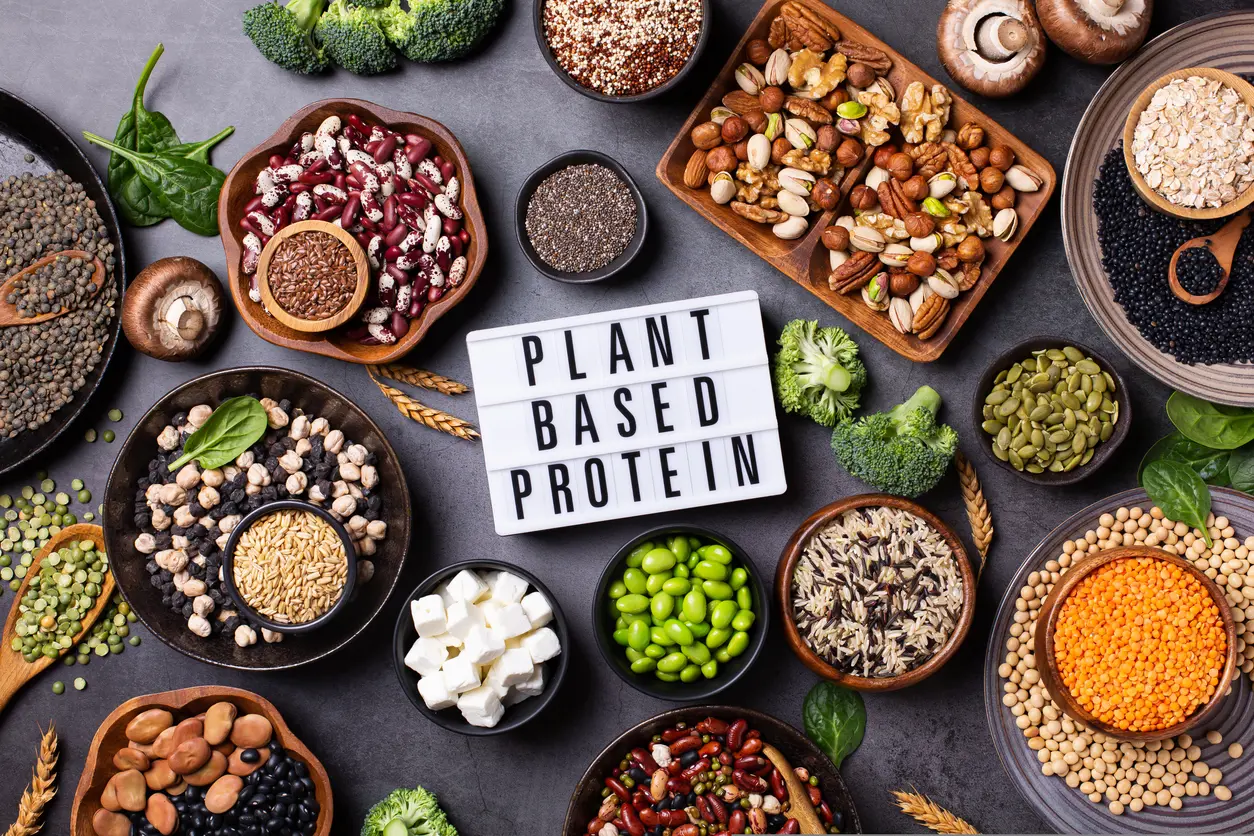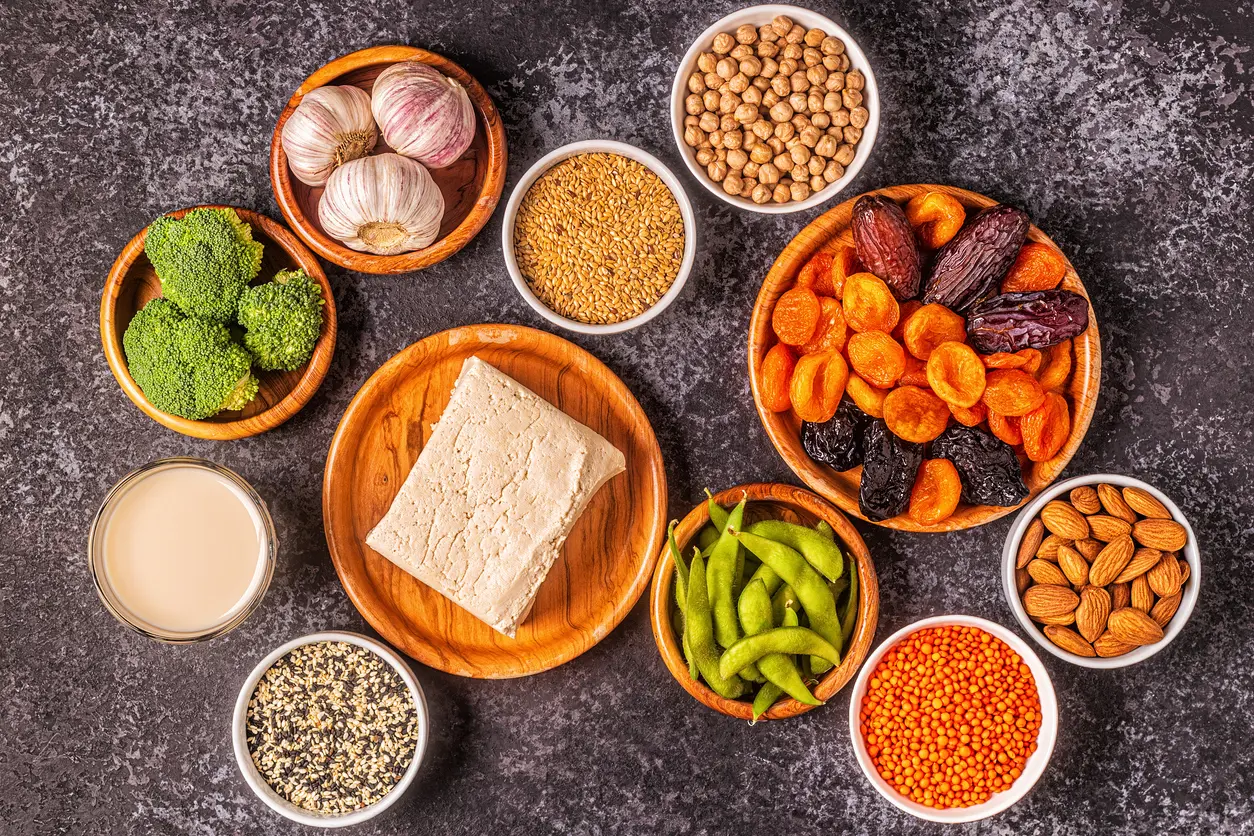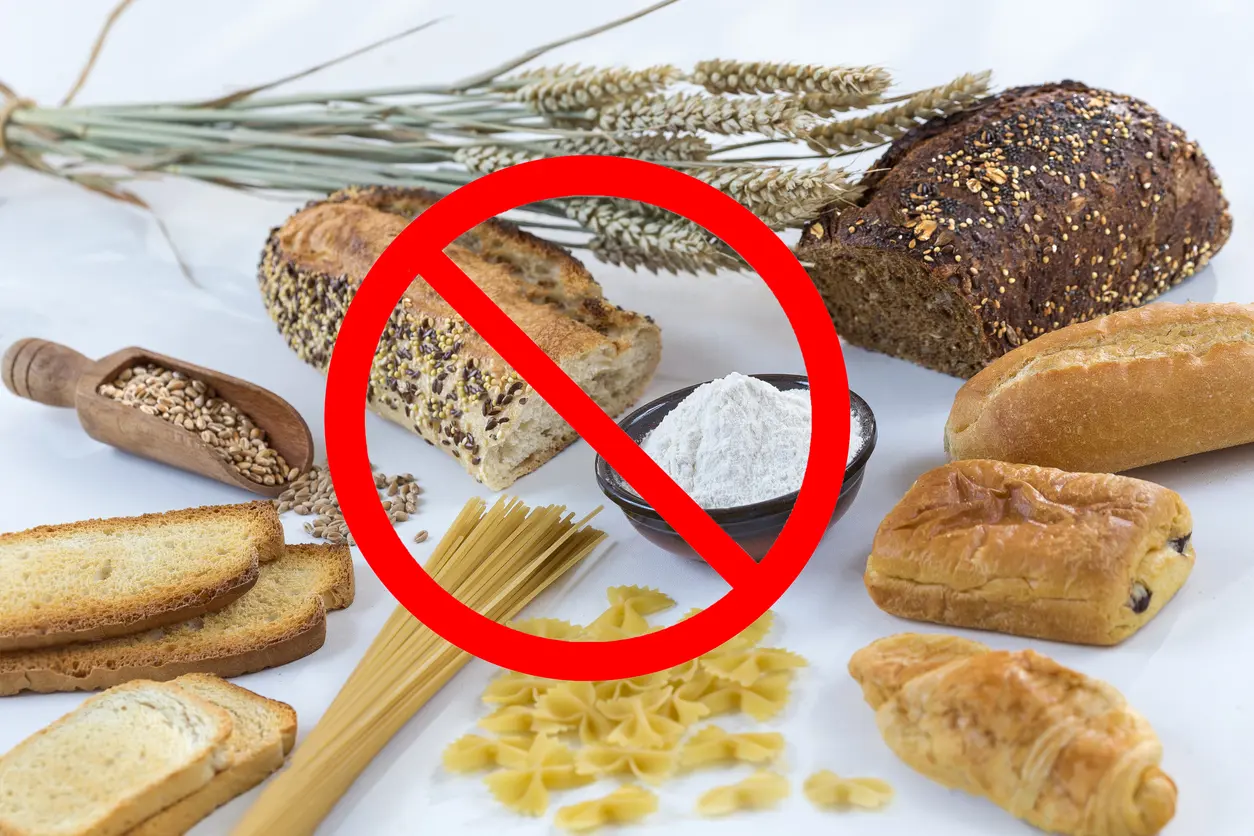15 Best and Worst Foods for Your Liver
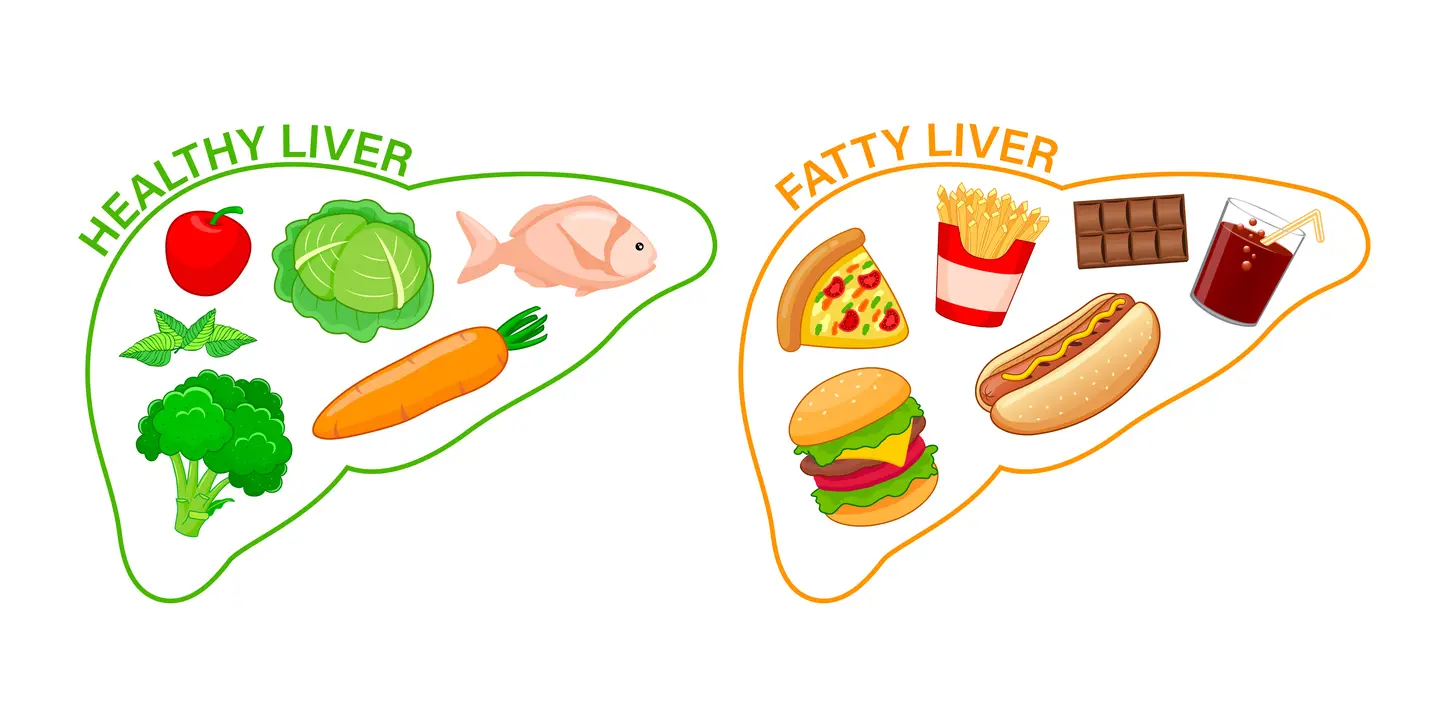
Your liver works tirelessly to support your overall health and metabolism. Not only is it responsible for filtering toxins, supporting digestion, and metabolizing fats and proteins, it even helps regulate your blood sugar and cholesterol. In fact, the liver plays over 500 essential roles in the body—making it one of your hardest-working organs.
So what’s the best way to show your loyal liver some love in return? Through your diet, of course! A diet rich in nutrient-dense, anti-inflammatory foods can support liver detoxification, enhance metabolic function, and help prevent or reverse fatty liver disease. On the other hand, certain foods can contribute to inflammation, insulin resistance, and liver damage and are best avoided.
In this article, we’ll cover 8 of the best foods—and 7 of the worst—for your liver. Whether you’re looking to optimize your liver function, reverse early signs of non-alcoholic fatty liver disease (NAFLD), or simply maintain better long-term health, the foods you eat can make a big difference.
8 Best Foods for Liver Health
1. Leafy Greens (Spinach, Kale)
Leafy greens are packed with chlorophyll and antioxidants that support liver detoxification and reduce toxin buildup. Research has shown that diets high in leafy green vegetables can offer protection against NAFLD. [1] Li H, Wang X, Ye M, et al. Does a high intake of green leafy vegetables protect from NAFLD? Evidence from a large population study. Nutr Metab Cardiovasc Dis. 2021;31(6):1691-1701. doi:10.1016/j.numecd.2021.01.009
These greens also contain nitrates and polyphenols that may improve blood flow and reduce inflammation. Add a cup daily in salads, smoothies, or sautéed as a side dish.
2. Cruciferous Vegetables (Broccoli, Brussels Sprouts)
These veggies contain a powerful compound called sulforaphane, known for its antioxidant and anti-inflammatory properties. Research suggests sulforaphane may help prevent liver fibrosis and protect against cellular damage. [2] Yan L, Yan Y. Therapeutic potential of sulforaphane in liver diseases: a review. Front Pharmacol. 2023;14:1256029. Published 2023 Aug 29. doi:10.3389/fphar.2023.1256029
Aim for at least 1–2 cups per week, roasted or steamed, to support detox enzymes and fight inflammation.
3. Fatty Fish (Salmon, Mackerel)
Rich in omega-3 fatty acids, fatty fish can reduce inflammation in the liver and improve enzyme levels. One study found that fish consumption was associated with lower liver fat content and improved insulin sensitivity in individuals with NAFLD. [3] He K, Guo LL, Tang H, et al. A Freshwater Fish-Based Diet Alleviates Liver Steatosis by Modulating Gut Microbiota and Metabolites: A Clinical Randomized Controlled Trial in Chinese Participants With Nonalcoholic Fatty Liver Disease. Am J Gastroenterol. 2022;117(10):1621-1631. doi:10.14309/ajg.0000000000001885
Choose grilled or baked options and aim for two 3-ounce servings weekly.
4. Garlic
Garlic contains sulfur compounds like allicin and selenium, which support liver detoxification and reduce fat buildup. A 2020 study found garlic powder supplementation improved liver enzymes and decreased fatty deposits in the liver. [4] Soleimani D, Paknahad Z, Rouhani MH. Therapeutic Effects of Garlic on Hepatic Steatosis in Nonalcoholic Fatty Liver Disease Patients: A Randomized Clinical Trial. Diabetes Metab Syndr Obes. 2020;13:2389-2397. Published 2020 Jul 7. doi:10.2147/DMSO.S254555
Add fresh garlic to dressings, marinades, and sautés for both flavor and function.
5. Berries (Blueberries, Raspberries)
Loaded with antioxidants and polyphenols, berries protect liver cells from oxidative damage and support glucose regulation. Blueberries, in particular, have shown promise in reducing liver fat, inflammation, and oxidative stress. [5] Książek E, Goluch Z, Bochniak M. Vaccinium spp. Berries in the Prevention and Treatment of Non-Alcoholic Fatty Liver Disease: A Comprehensive Update of Preclinical and Clinical Research. Nutrients. 2024;16(17):2940. Published 2024 Sep 2. doi:10.3390/nu16172940
Enjoy ½ cup daily as a snack or on top of oatmeal, yogurt, or leafy salads.
6. Coffee (in moderation)
Moderate coffee consumption may lower liver enzyme levels and reduce the risk of liver fibrosis and cancer. [6] Degertekin B, Tozun N, Soylemez AG, et al. Regular coffee intake improves liver enzyme levels and liver histology in patients with chronic alcohol consumption, non-alcoholic fatty liver and non-alcoholic steatohepatitis: Report of 259 cases. Hepatol Forum. 2020;1(3):88-96. Published 2020 Sep 21. doi:10.14744/hf.2020.2020.0026
It contains polyphenols and diterpenes that help reduce oxidative stress and protect hepatocytes. Stick to 1–2 cups of unsweetened coffee daily—preferably with a splash of cream and no added sugar.
7. Nuts (especially Walnuts)
Nuts are rich in protein, fiber, antioxidants, and healthy fats. Walnuts, in particular, are high in omega-3s and arginine, which support liver repair and reduce inflammation. Studies show that nut consumption is linked with reduced liver fat and a lower risk of NAFLD. [7] Pan L, Sui J, Xu Y, Zhao Q. Effect of Nut Consumption on Nonalcoholic Fatty Liver Disease: A Systematic Review and Meta-Analysis. Nutrients. 2023;15(10):2394. Published 2023 May 19. doi:10.3390/nu15102394
Add a small handful to your daily routine.
8. Green Tea
Green tea is rich in catechins, compounds that combat oxidative stress and support liver fat reduction. Regular green tea drinkers have lower risks of chronic liver disease, fibrosis, and even liver cancer. [8] Yin X, Yang J, Li T, et al. The effect of green tea intake on risk of liver disease: a meta analysis. Int J Clin Exp Med. 2015;8(6):8339-8346. Published 2015 Jun 15.
Drink it hot or iced, 2–3 cups per day, ideally unsweetened.
Sip 2–3 cups per day (warm or iced).
7 Worst Foods for Liver Health
1. Alcohol
Excessive alcohol can lead to fatty liver, hepatitis, fibrosis, cirrhosis, and even liver cancer. [9] Mount Sinai Hospital. Alcoholic liver disease. Mount Sinai Health Library. Last reviewed August 7, 2023. Accessed June 12, 2025.
Alcohol also depletes liver antioxidants, making it harder for your body to fight off inflammation. It's best to limit your intake—or avoid it entirely if you're at risk for liver disease.
2. Fried Foods
Loaded with saturated and trans fats, fried foods promote liver inflammation and fat accumulation.
They also raise LDL cholesterol, increasing the risk of cardiovascular and metabolic diseases. Choose grilled, roasted, or air-fried alternatives instead.
3. Sugary Beverages (Soda, Sweetened Tea)
These drinks spike blood sugar and insulin, which promotes liver fat storage and metabolic dysfunction. Excess fructose—common in soft drinks—is especially harmful to liver health. Replace with water, sparkling water, or unsweetened iced herbal tea.
4. Processed Meats
Bacon, sausages, and deli meats contain preservatives like nitrates and nitrites that contribute to oxidative stress and insulin resistance. [10] Srour B, Chazelas E, Druesne-Pecollo N, et al. Dietary exposure to nitrites and nitrates in association with type 2 diabetes risk: Results from the NutriNet-Santé population-based cohort study. PLoS Med. 2023;20(1):e1004149. Published 2023 Jan 17. doi:10.1371/journal.pmed.1004149
Opt for lean proteins like wild-caught fish, pasture-raised poultry, or plant-based options like lentils and tofu.
5. Refined Carbohydrates (White Bread, Pastries)
Refined carbs are quickly converted into glucose, leading to insulin spikes and fat storage in the liver. Swap them for fiber-rich whole grains like oats, quinoa, or buckwheat to stabilize blood sugar and support digestion.
6. High-Fructose Corn Syrup
Found in soda, baked goods, and processed snacks, HFCS is strongly linked with NAFLD. [11] National Institutes of Health. How high fructose intake may trigger fatty liver disease. NIH Research Matters. Published September 15, 2020. Accessed June 12, 2025. It bypasses insulin regulation and directly promotes liver fat accumulation. Read nutrition labels carefully and minimize processed foods.
7. Excess Salt
High sodium intake can worsen fluid retention and blood pressure, particularly in those with cirrhosis or liver dysfunction. [12] Robert J Gianotti, Andres Cardenas Hyponatraemia and cirrhosis, PMCID: PMC3920998 PMID: 24760233 Flavor foods with herbs, spices, and citrus instead of relying on salt.
Quick Tips to Support Liver Health
- Stay hydrated with filtered water and herbal teas
- Eat colorful, whole foods—especially plants
- Avoid excessive alcohol and added sugar
- Prioritize fiber-rich foods to support digestion and cholesterol balance
- Limit over-the-counter medications like acetaminophen unless necessary
- Move your body daily—exercise improves liver fat and metabolic markers
- Get regular bloodwork to monitor liver enzymes and inflammation
FAQs About Liver & Diet
Can I reverse fatty liver with diet?
Yes, diet and lifestyle are powerful tools. Weight loss, increased fiber intake, and reduced sugar and fat consumption can help reverse NAFLD.
Is coffee really good for the liver?
Yes! Coffee contains antioxidants and anti-inflammatory compounds that may reduce the risk of liver fibrosis, cirrhosis, and cancer.
How much alcohol is safe?
Recent guidelines suggest that no amount of alcohol is truly safe for liver health. Limiting or avoiding alcohol is the most protective option.
What symptoms indicate poor liver health?
Early liver dysfunction may not have symptoms, but fatigue, jaundice, bloating, and changes in stool or urine color could be warning signs. Talk to your doctor if you're concerned.
Conclusion
You don’t need a complete lifestyle overhaul to care for your liver. Eating mindfully and incorporating liver-friendly foods into your routine can be a simple change with a big impact. Focus on foods like leafy greens, garlic, berries, and green tea for their powerful hepatoprotective effects. At the same time, steer clear of processed, sugary, salty, and fried foods that can overburden your liver.
If you’re unsure how your current diet stacks up, consider consulting a healthcare provider or registered dietitian for a personalized plan. The liver is remarkably resilient—nourish it well, and it will take care of you in return.
Was this article helpful?
-
Does a high intake of green leafy vegetables protect from NAFLD? Evidence from a large population study. Nutr Metab Cardiovasc Dis. 2021;31(6):1691-1701. doi:10.1016/j.numecd.2021.01.009; Li H, Wang X, Ye M, et al.;
https://pubmed.ncbi.nlm.nih.gov/33838994/ -
Therapeutic potential of sulforaphane in liver diseases: a review. Front Pharmacol. 2023;14:1256029. Published 2023 Aug 29. doi:10.3389/fphar.2023.1256029; Yan L, Yan Y. ;
https://pubmed.ncbi.nlm.nih.gov/37705537/ -
A Freshwater Fish-Based Diet Alleviates Liver Steatosis by Modulating Gut Microbiota and Metabolites: A Clinical Randomized Controlled Trial in Chinese Participants With Nonalcoholic Fatty Liver Disease. Am J Gastroenterol. 2022;117(10):1621-1631. doi:10.14309/ajg.0000000000001885; He K, Guo LL, Tang H, et al. ;
https://pubmed.ncbi.nlm.nih.gov/35973188/ -
Therapeutic Effects of Garlic on Hepatic Steatosis in Nonalcoholic Fatty Liver Disease Patients: A Randomized Clinical Trial. Diabetes Metab Syndr Obes. 2020;13:2389-2397. Published 2020 Jul 7. doi:10.2147/DMSO.S254555; Soleimani D, Paknahad Z, Rouhani MH.;
https://pubmed.ncbi.nlm.nih.gov/32753923/ -
Berries in the Prevention and Treatment of Non-Alcoholic Fatty Liver Disease: A Comprehensive Update of Preclinical and Clinical Research. Nutrients. 2024;16(17):2940. Published 2024 Sep 2. doi:10.3390/nu16172940; Książek E, Goluch Z, Bochniak M. Vaccinium spp. ;
https://www.mdpi.com/2072-6643/16/17/2940 -
Regular coffee intake improves liver enzyme levels and liver histology in patients with chronic alcohol consumption, non-alcoholic fatty liver and non-alcoholic steatohepatitis: Report of 259 cases. Hepatol Forum. 2020;1(3):88-96. Published 2020 Sep 21. doi:10.14744/hf.2020.2020.0026; Degertekin B, Tozun N, Soylemez AG, et al. ;
https://pubmed.ncbi.nlm.nih.gov/35949725/ -
Effect of Nut Consumption on Nonalcoholic Fatty Liver Disease: A Systematic Review and Meta-Analysis. Nutrients. 2023;15(10):2394. Published 2023 May 19. doi:10.3390/nu15102394; Pan L, Sui J, Xu Y, Zhao Q. ;
https://pmc.ncbi.nlm.nih.gov/articles/PMC10221030/ -
The effect of green tea intake on risk of liver disease: a meta analysis. Int J Clin Exp Med. 2015;8(6):8339-8346. Published 2015 Jun 15.; Yin X, Yang J, Li T, et al. ;
https://pmc.ncbi.nlm.nih.gov/articles/PMC4538013/ -
Mount Sinai Hospital. Alcoholic liver disease. Mount Sinai Health Library. Last reviewed August 7, 2023. Accessed June 12, 2025. ;
https://www.mountsinai.org/health-library/diseases-conditions/alcoholic-liver-disease -
Dietary exposure to nitrites and nitrates in association with type 2 diabetes risk: Results from the NutriNet-Santé population-based cohort study. PLoS Med. 2023;20(1):e1004149. Published 2023 Jan 17. doi:10.1371/journal.pmed.1004149; Srour B, Chazelas E, Druesne-Pecollo N, et al. ;
https://pubmed.ncbi.nlm.nih.gov/36649248/ -
National Institutes of Health. How high fructose intake may trigger fatty liver disease. NIH Research Matters. Published September 15, 2020. Accessed June 12, 2025. ;
https://www.nih.gov/news-events/nih-research-matters/how-high-fructose-intake-may-trigger-fatty-liver-disease -
Hyponatraemia and cirrhosis, PMCID: PMC3920998 PMID: 24760233; Robert J Gianotti, Andres Cardenas;
https://pmc.ncbi.nlm.nih.gov/articles/PMC3920998/

